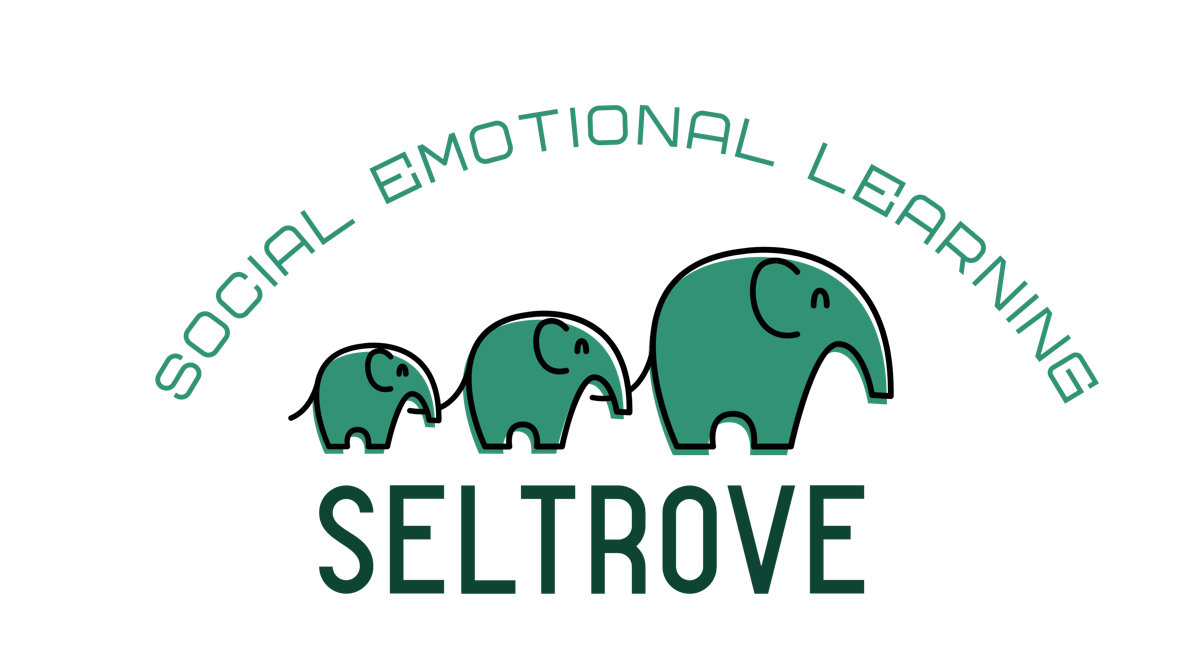
Routines in SEL
Janna Nobleza
This past year and a half have been really difficult, especially for our young learners who may have had multiple different routines and class structures. For instance, in my district our elementary school students began in a hybrid option where students were in-person two or three days a week (this then rotated the next week). Then COVID19 cases rose and students were sent home with an iPad and did eLearning for a month and a half. Then students all got to return to school for a full 5 days a week of in-person learning, but their teachers changed since they now were able to have more students in each class.
This change in classroom routines is hard for our students, as well as us! While being flexible as a teacher (and a student) is a great skill to learn, which can build academic achievement, students need to have routines so they know what to expect. When students know what to expect in their daily routine and their school, students are better able to build relationship skills, lower anxiety, and build their own emotional learning.
As you prepare for this school year, here are a few tips to keep in mind:
- Keep a consistent routine in your classroom when you facilitate your classroom.
- Write your schedule and routine down in the classroom where all students can see it. This is an effective classroom management best practice that can help your students feel secure in the classroom.
- Go through the schedule for the day during your morning meeting until students know this routine well. By talking through the schedule, you build positive relationships between yourself and your students, and help students process what their day (or class) will look like.
- Let students know about changes in the routine, when possible, before they happen. Students are then able to be prepared to be flexible. This supports your students as they build their own flexibility and resilience while keeping anxiety of "the unknown" low.
By creating a consistent routine, you are using your own social awareness of your students to create a safe classroom environment where they are better able to learn. When students feel safe and cared for, they are better able to engage with the content you are teaching.
This fall is also a great time to begin working on self-awareness with your students. They may be feeling overwhelmed, nervous, uncertain, or any other range of emotions about starting the school year. Practice a growth mindset with your students by giving them opportunities to make goals for the week, and then reflecting on those goals. Give students positive affirmation sentences they can use in class like “I can do hard things” or “I can ask for help when I need it.”
You can build your own social awareness by practicing showing empathy to your students. Your students may come into your class needing more care and attention than in previous years. You can provide this by giving students more opportunities to share about themselves, slowing down your content to give students more inquiry-based and collaborative assignments, and demonstrating concern for your students when they are struggling by saying, “Tell me what’s going on.” or “I’m here to support you.”
What else do you do to develop your own social awareness?
What struggles do you think you might see in your classroom this fall?
What struggles do you think you might see in your classroom this fall?
Featured links
-
SEL Print Workbooks
-
SEL Lightspeed Schoolwide
-
SEL K-12 Free Sample Guide
-
District Solutions
-
About us
Teacher Resources
Get in touch
-
516 North Ogden Ave, Suite 111 Chicago, IL 60642
-
andy@seltrove.com
-
312-224-2536
Copyright © 2025 Seltrove, An IB Source Education company